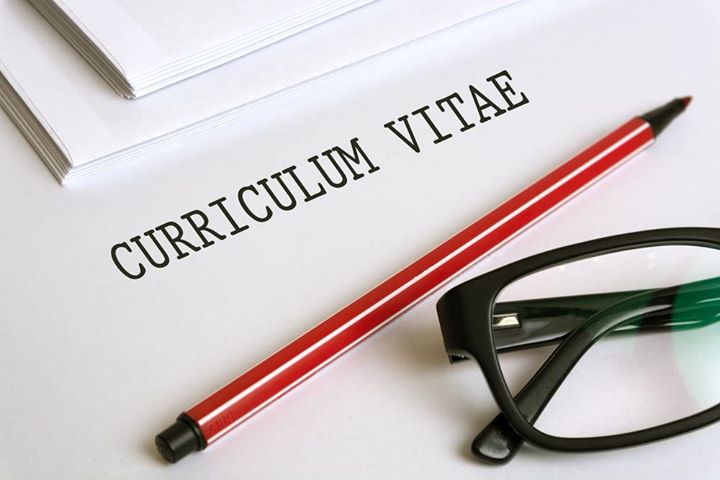 We come across hundreds of CVs for one open vacancy and often the same critical mistakes are made by job seekers. Keep in mind that too much information really is too much information. If it is not useful, intuitive or necessary, just don’t list it on your resume as this will distract the recruiter from the important data about your profile.
We come across hundreds of CVs for one open vacancy and often the same critical mistakes are made by job seekers. Keep in mind that too much information really is too much information. If it is not useful, intuitive or necessary, just don’t list it on your resume as this will distract the recruiter from the important data about your profile.
Here are some of the examples:
Incorrect, outdated or missing contact info
If we cannot contact you, it doesn’t matter how good your resume may be.
Email address
Talking about contact details, please, make sure you are using a clear and professional email address on which we can contact you. Addresses like diablomaster2049@ or sexkitten2010@ will lower your credibility and employers will not take you seriously.
Also, avoid at all costs using your current work email; always use a personal address. In addition to avoiding strange situations with your current employer, this will ensure you will always be able reachable even if you have changed your job.
Naming your digital resume file
Always make sure that the name of your resume clearly states its owner.
The name of your document should be your last name followed by first name and, any additional and relevant information (different version, different language…). For example: Name_Firstname_resume_ENG
We often receive documents named “CV” or “resume” with no other information. This guarantees that if the recruiter is downloading 30 CVs at once, the directory will be full of “resume 1.doc” “resume 2.doc” etc. – every one of those applicants loses a bit of interest if the recruiter is forced to rename those in order to easily find them later.
Also, always upload in .doc/.docx or PDF. Preferably PDF since it is the only one (almost) guaranteed to come out properly on the other side. doc/docx can lose formatting, especially if you used odd fonts or other such things.
Document formatting and fonts
Now, about odd fonts.
Hoping to stand out of the crowd and be noticed, some people use elaborate Word templates, different fonts, formats, background color, color highlighting, clipart or watermarks. But it can have an opposite effect. A good resume gets attention because it clearly and thoughtfully contains relevant content and not because of color or graphic stunts, which instead suggest overcompensation for professional shortcomings.
Keep it simple; always use commonly used fonts like Arial, Calibri or Tahoma (don’t ever use Comic sans) and no emoticons. Some fonts or characters are not only distracting but might not scan or copy as well as standard block lettering.
Be careful about the spelling and grammar mistakes; use the spelling check tools broadly available. “text messaging” spelling is to be prescribed: you/u, going to/gonna, message/msg, …
Never use “special attention” resumes like wooden puzzles, origami, YouTube videos, video games… They are great to display your creativity but so impractical that no recruiter will ever use them and call you for an interview.
Employment history chronology
Always list your employment history from your current or most recent position, going backward. Listing oldest first to newest is irritating and a time waster to those who are reviewing your resume, for the simple reason that most recent history is more important and has more relevance.
Unprofessional photo
Photos are not necessary because they can be used to make judgments about you that usually have nothing to do with your ability to do a job. But if you choose to, or are requested to submit a photo, ensure it is a photo appropriate for your business / market sector.
Selfies are childish, unprofessional and lazy — don’t use them. And please, never use a photo from a party or a vacation.
Personal information (date of birth, marital status, family information)
It is not necessary and opens you up to unwarranted scrutiny and, frankly, it’s nobody’s business. It has nothing to do with your ability to perform a job role.
A vague or generic OBJECTIVE
Most people think they are supposed to list an objective but put something painfully generic like: “A good opportunity with a growing company and career growth possibilities”. If you really want to add an objective to your profile, craft a separate cover letter with substance, where you can elaborate on something real and more impactful as a separate attachment sent with your resume. This will also save useful and precious space on your CV.
